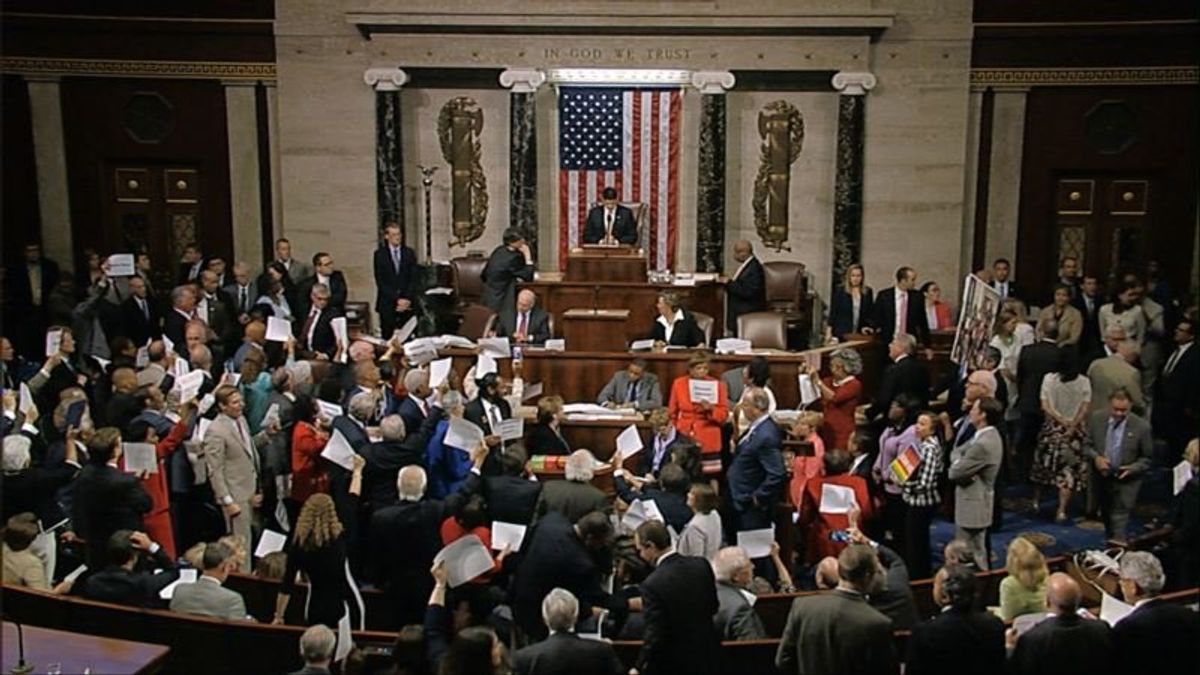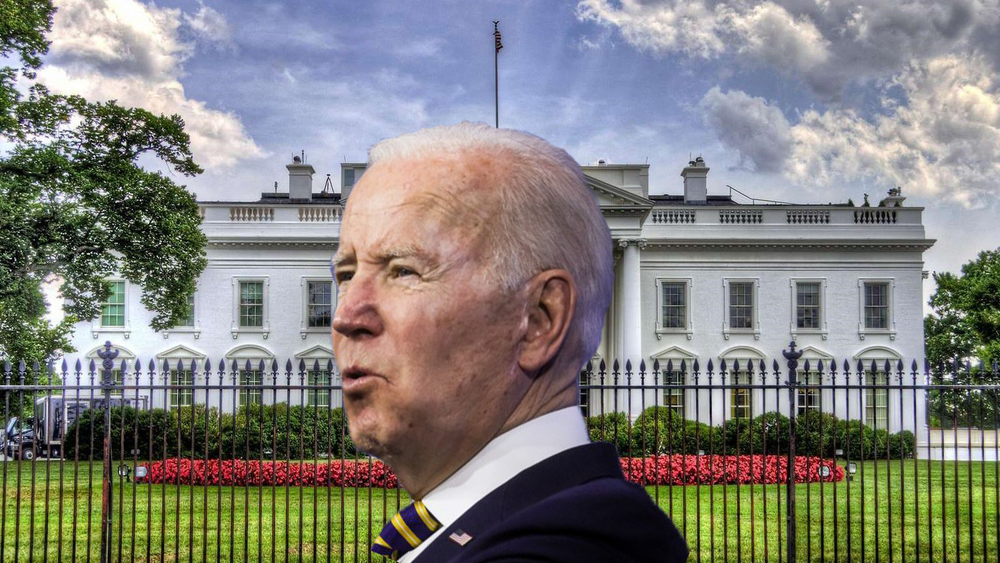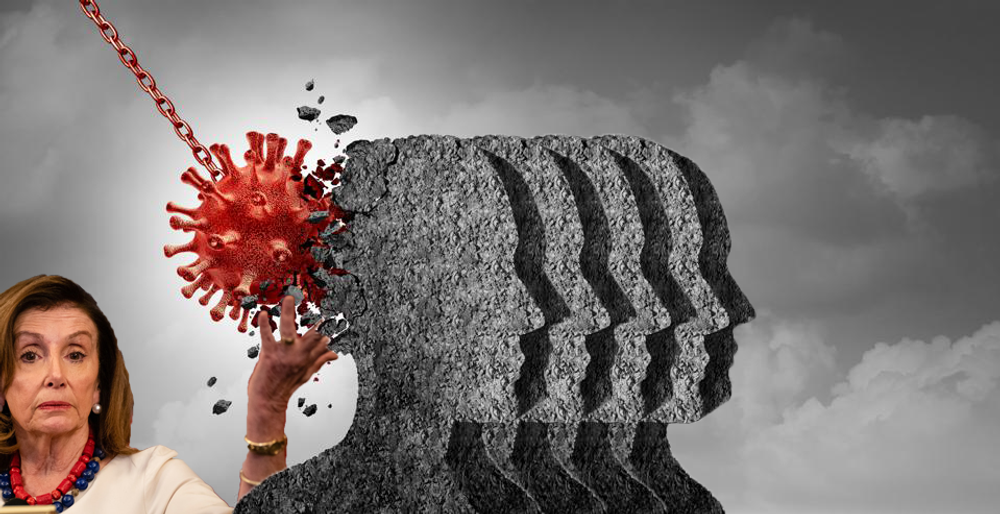
The Power and Headaches of Capitol Hill’s Top Job
The Power and Headaches of Capitol Hill's Top Job

CAPITOL HILL —
When Democrats hold leadership elections this week, they will be choosing the speaker of the U.S. House of Representatives for the 116th Congress — the 55th person in U.S. history to serve in this critical government position.
Former House speaker Nancy Pelosi of California is favored to win the role for the second time, returning as the only woman to serve in the job, and the only woman to serve twice. If she wins, Pelosi will take over the position when the new Congress is sworn in next January, claiming the role from Paul Ryan, a Republican from Wisconsin, who has served as speaker since 2015.
Ryan is retiring from the U.S. Congress at the end of this term, but he would have been unable to continue as speaker even if he had decided to stay on. The position ostensibly is elected by the full membership of the House, but in fact the party in power gets to select one of its own to lead the House. Democrats won back control in the November midterm elections and likely will hold at least 233 of the 435 seats in the chamber.

Selection process
By tradition, the speaker is chosen from within the majority party's senior leadership, but there are few official rules governing the process.
Technically, anyone — even someone who is not a member of the House of Representatives — could be elected speaker. But this has yet to happen. The speaker of the house continues to serve as the representative of his or her congressional district, handling constituents' concerns and voting on legislation, as well as tending to the larger administrative duties of running the House.
Speaker elections are held every two years when a new Congress is sworn into office. The selection of a new speaker also occurs if a speaker dies in office, is removed for wrongdoing, or steps aside partway through a Congress. This was the case when Speaker John Boehner resigned in 2015 under pressure from his own Republican members, initiating the election that resulted in the selection of Ryan.

Broad powers
The position of speaker was established in 1789 by an article of the U.S. Constitution. Over time, the speaker assumed important political responsibilities beyond the procedural responsibilities laid out by the founders of the United States.
Of utmost importance, the speaker is second in line to succeed the president — behind the vice president, and ahead of the president pro tempore of the U.S. Senate. If the president and vice president die or are incapacitated, the speaker would become acting president of the United States. This scenario has yet to occur in U.S. history.
In modern times, the speaker has wielded power in a number of ways. He or she is key in setting the legislative agenda for the majority party, serving as his or her congressional party's public face, making committee assignments, and governing the bill debate process. The speaker is also in charge of managing the complicated rules and procedures governing the House.
SEE ALSO:
US Presidential Line of Succession
All government spending and tax legislation must originate in the House under the Constitution, which gives the speaker and his or her committee chairmen considerable leverage in negotiating with the Senate and the White House.
Over the decades, power has shifted back and forth between the speaker and House committee chairmen. In the mid-1990s, when Republicans took control of the House for the first time in 40 years during the Clinton administration, Speaker Newt Gingrich consolidated power within the speaker's office and enhanced its role as a political force.
Gingrich, an iconoclastic Georgia Republican, said he saw his position "as essentially the political leader of a grassroots movement seeking to do nothing less than reshape the federal government along with the political culture of the nation."

Challenges
This broad political power can generate significant problems. The speaker has to manage the often-conflicting demands of factions within his or her party and marshal enough votes to pass pieces of legislation.
Ryan's tenure was marked by the challenges of governing his own caucus — including negotiating the concerns of the House Freedom Caucus, a powerful conservative voting bloc within the Republican Party.
Ryan also had to find a way to pass legislation while contending with President Donald Trump's mercurial leadership style. He was often called upon to answer for some of Trump's more controversial public statements and tweets.
SEE ALSO:
House of Representatives Hierarchy
Speaker elections are usually decided in party meetings before the decision goes to a full House floor vote in January. By tradition, a candidate must receive an absolute majority of votes from all members to be elected. The last time a speaker election was contested on the House floor was in 1923.
Pelosi faces a challenge from within her own party from younger and newly elected members who have publicly said it is time for Democrats to have fresh perspectives in leadership. Sixteen Democrats signed a letter last week vowing to oppose Pelosi for speaker on the House floor, while several others including freshmen Mikie Sherill of New Jersey and Abigail Spanberger of Virginia have threatened to do the same.
Pelosi, 78, who was first elected to the House in 1987, can only afford to lose 15 Democratic votes and still win the speakership. If she can't secure the necessary majority of Democrats in Wednesday's party caucus, the battle will move to the House floor, where she could use the additional time for further negotiations with dissident members of her own party or — far less likely — attempt to win over Republican votes for a majority.
So far, no one within the House Democratic Caucus has emerged to challenge Pelosi. Representative Marcia L. Fudge of Ohio weighed a run but announced last week she would vote for Pelosi in return for support of her legislative priorities.
 US Lawmakers’ Concern on Saudi Arabia Prompts Pompeo, Mattis BriefingNext PostTrump Rallies for Embattled US Senator in Mississippi
US Lawmakers’ Concern on Saudi Arabia Prompts Pompeo, Mattis BriefingNext PostTrump Rallies for Embattled US Senator in Mississippi







